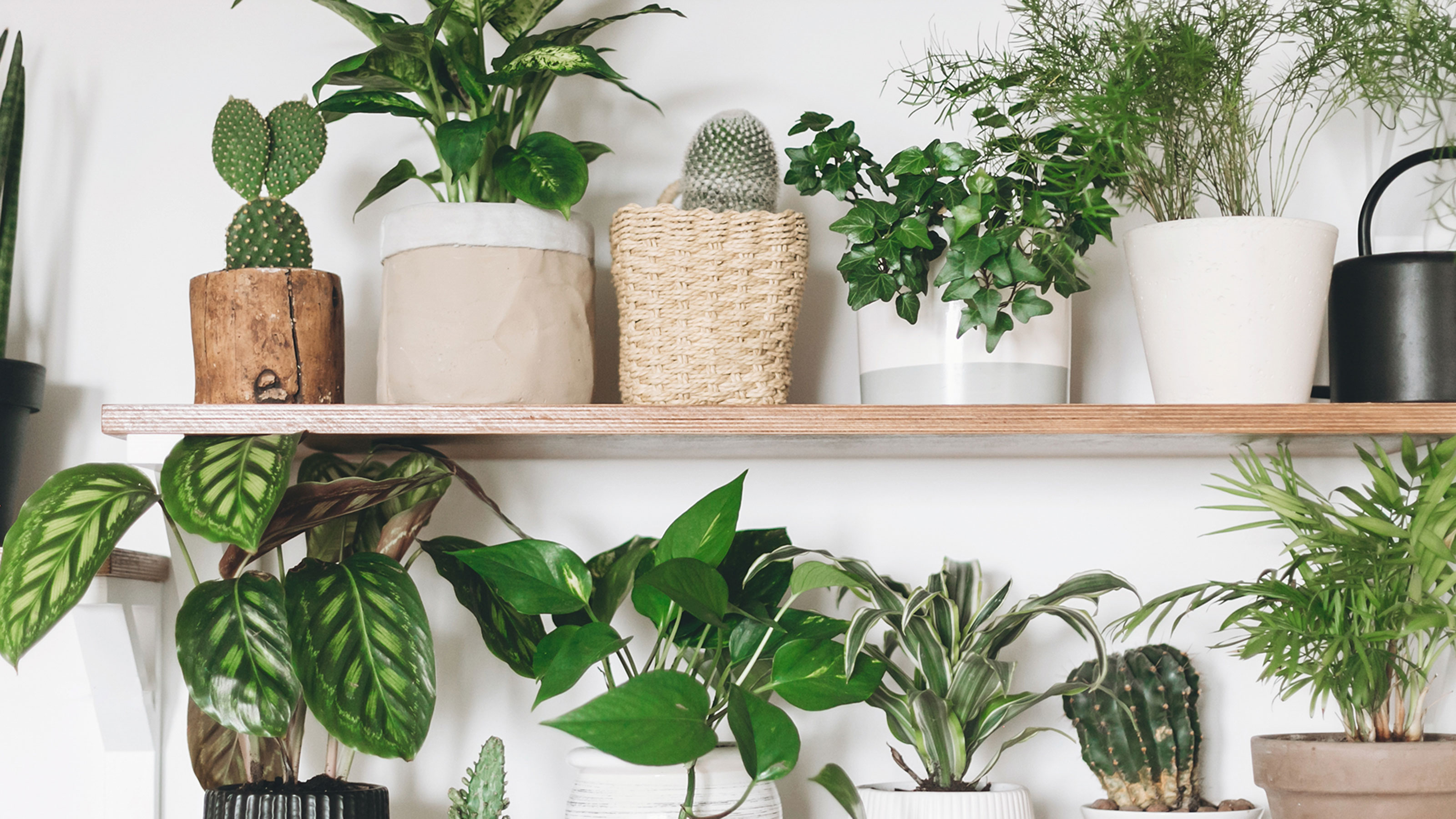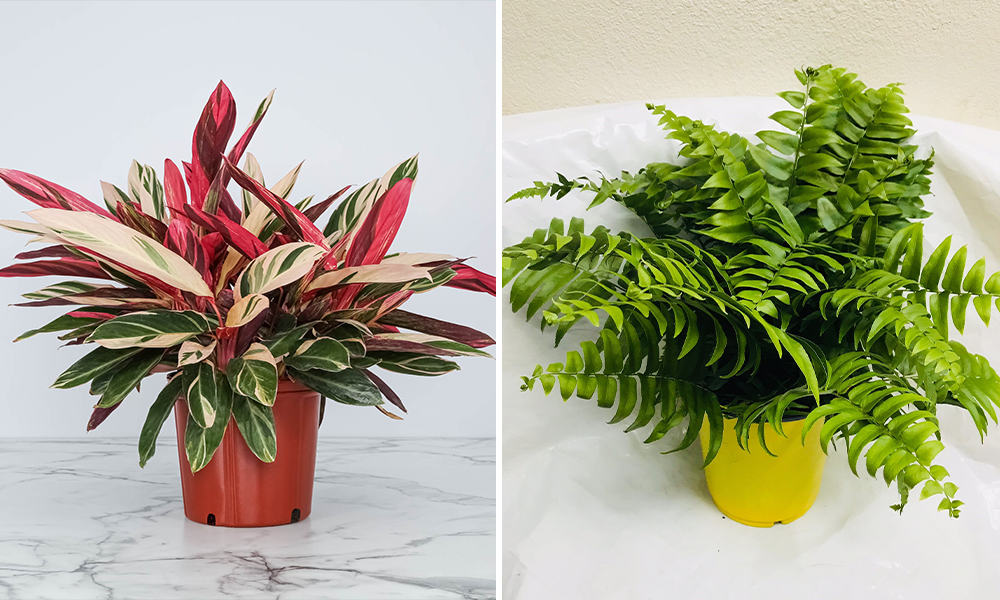Where to Place the Best Low-Light Indoor Plants in Your Home for Maximum Impact
Discover the Finest Low-Light Indoor Plants for Enhancing Your Home Design
Incorporating low-light interior plants right into your home design can dramatically enhance both appearances and atmosphere, especially in spaces that lack bountiful all-natural light. Ranges such as the Snake Plant and ZZ Plant not just bring life to dim corners however likewise contribute to enhanced air top quality and general well-being. Comprehending the special characteristics and treatment needs of these plants can bring about a much more unified living setting. As we discover the leading options and their innovative applications, one may question just how these options can change your room into a prospering shelter.

Why Choose Low-Light Plants
Why select low-light plants in your indoor areas? The contemporary living environment frequently provides difficulties such as limited all-natural light, making it hard for typical houseplants to thrive. Low-light plants are especially adapted to prosper and endure in these problems, offering a sensible solution for people looking for to enhance their interior rooms without the added tension of maintaining more light-demanding plants.
Along with their resilience, low-light plants add dramatically to the appearances of a room. Their diverse variety of colors, shapes, and sizes enables one-of-a-kind interior decoration chances, developing inviting and lively ambiences. In addition, indoor plants are understood for their air-purifying top qualities, boosting indoor air quality by releasing and filtering system toxic substances oxygen, which can boost total health.
Low-light plants additionally require minimal upkeep, making them particularly attracting hectic individuals or those new to horticulture. Their versatility permits placement in various environments, from office to dimly lit corners of the home. By choosing low-light plants, you can enjoy the benefits of greenery without the constraints that frequently come with typical horticulture, eventually fostering a healthier and extra visually appealing interior atmosphere.
Top Low-Light Indoor Plants
For those looking for to enhance their indoor areas with plant that flourishes in low-light problems, numerous plant choices stand out for their durability and visual charm. The Snake Plant (Sansevieria trifasciata) is a prominent selection, recognized for its upright, sword-like leaves and capacity to tolerate neglect. This durable plant can make it through in dimly lit locations while boosting indoor air high quality.
Another excellent alternative is the Pothos (Epipremnum aureum), identified by its heart-shaped leaves and tracking creeping plants. When placed on racks or hanging baskets., Pothos is not only versatile to reduced light however also supplies a striking visual comparison.
The ZZ Plant (Zamioculcas zamiifolia) is similarly excellent, boasting glossy, dark green fallen leaves that can cheer up any edge. Its dry spell resistance makes it suitable for busy home owners.
Care Tips for Low-Light Plants
Just how can you ensure that your low-light interior plants grow despite minimal sunshine? Choose the appropriate potting mix that offers good drainage while maintaining dampness. A well-aerated dirt, such as a mix of potting soil and perlite, can assist protect against origin rot.
Watering is crucial; low-light imp source plants typically need less frequent watering compared to their sun-loving counterparts. Always check the leading inch of the soil-- if it feels completely dry, it's time to water. Beware of overwatering, as this can result in fungal concerns and root decay.
Feeding low-light plants must be done moderately - Best low-light indoor plants. Make use of a balanced, water-soluble fertilizer throughout the expanding period, however eliminate or minimize fertilization in directory the dormant months
In addition, dust can gather on fallen leaves, preventing photosynthesis. Gently wipe the fallen leaves with a wet cloth to keep them tidy.
Finally, observe your plants very closely. Signs of distress, such as yellowing fallen leaves or leggy growth, can indicate that your plant needs adjustments in treatment (Best low-light indoor plants). By complying with these treatment pointers, your low-light indoor plants can flourish, including elegance and vigor to your home
Imaginative Ways to Present Plants
Elevating the visual charm of your interior space can be achieved by thoughtfully presenting your low-light plants in creative means. Take into consideration utilizing vertical space to your benefit; wall-mounted shelves can showcase trailing plants like pothos or philodendron, including lushness while saving flooring area. Use plant stands of differing elevations to produce aesthetic interest and deepness, drawing the eye upward.
Hanging planters are one more outstanding choice, providing a remarkable impact when put on hold from the ceiling or hooks. Macramé wall mounts can present texture and bohemian style, while modern ceramic hangers can suit a minimalist visual. For a much more innovative strategy, repurpose unique containers such as classic teacups or glass containers, which can include character to your display.
Grouping plants in clusters is likewise efficient; usage varying pot dimensions and colors to develop a cohesive appearance. This method not only enhances aesthetic influence yet also supplies an all-natural environment feeling - Best low-light indoor plants. Lastly, consider placing plants near lights like lights or home windows to maximize their growth and showcase their lively vegetation, thus boosting the total setting of your interior setting.
Benefits of Indoor Greenery
Many researches have shown that incorporating interior plant right into your home offers a multitude of advantages, enhancing both physical and mental health. Among the most significant advantages of interior plants is their ability to improve air top quality. Plants absorb co2 and launch oxygen, producing a much healthier ambience while likewise filtering out unsafe toxins, therefore promoting respiratory health.
Additionally, the visibility of plant has been connected to lowered stress and anxiety degrees. Research shows that engaging with plants can decrease cortisol levels, which are connected with anxiety. This relaxing impact can result in boosted state of mind and increased performance, making interior plants an optimal addition to offices.
Additionally, interior greenery can improve cognitive function. Studies recommend that environments enhanced with plants can result in enhanced focus, creativity, and total mental quality. The aesthetic allure of indoor plants like it additionally contributes to a more welcoming and pleasant atmosphere, favorably affecting social interactions and general fulfillment within a space.
Conclusion

Including low-light interior plants right into your home design can significantly boost both aesthetic appeals and atmosphere, specifically in spaces that lack abundant all-natural light. Ranges such as the Snake Plant and ZZ Plant not only bring life to dim edges yet additionally contribute to improved air quality and overall well-being. Indoor plants are recognized for their air-purifying qualities, boosting interior air top quality by filtering system toxic substances and launching oxygen, which can enhance total well-being.
For those looking for to boost their interior rooms with greenery that grows in low-light conditions, a number of plant choices stand out for their resilience and visual charm. These resistant plants, such as the Snake Plant and ZZ Plant, thrive in dark problems and need marginal upkeep, making them appropriate for various lifestyles.